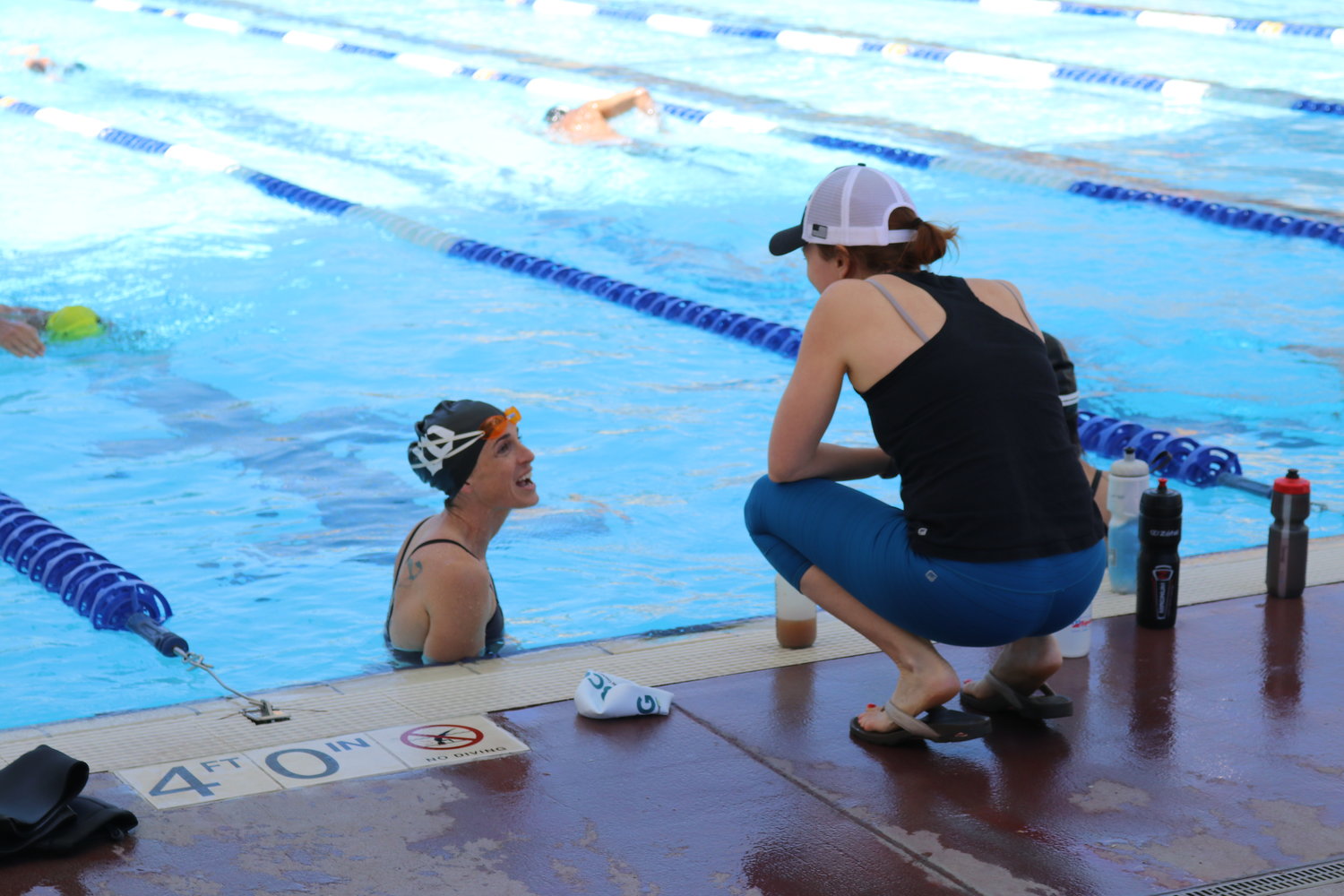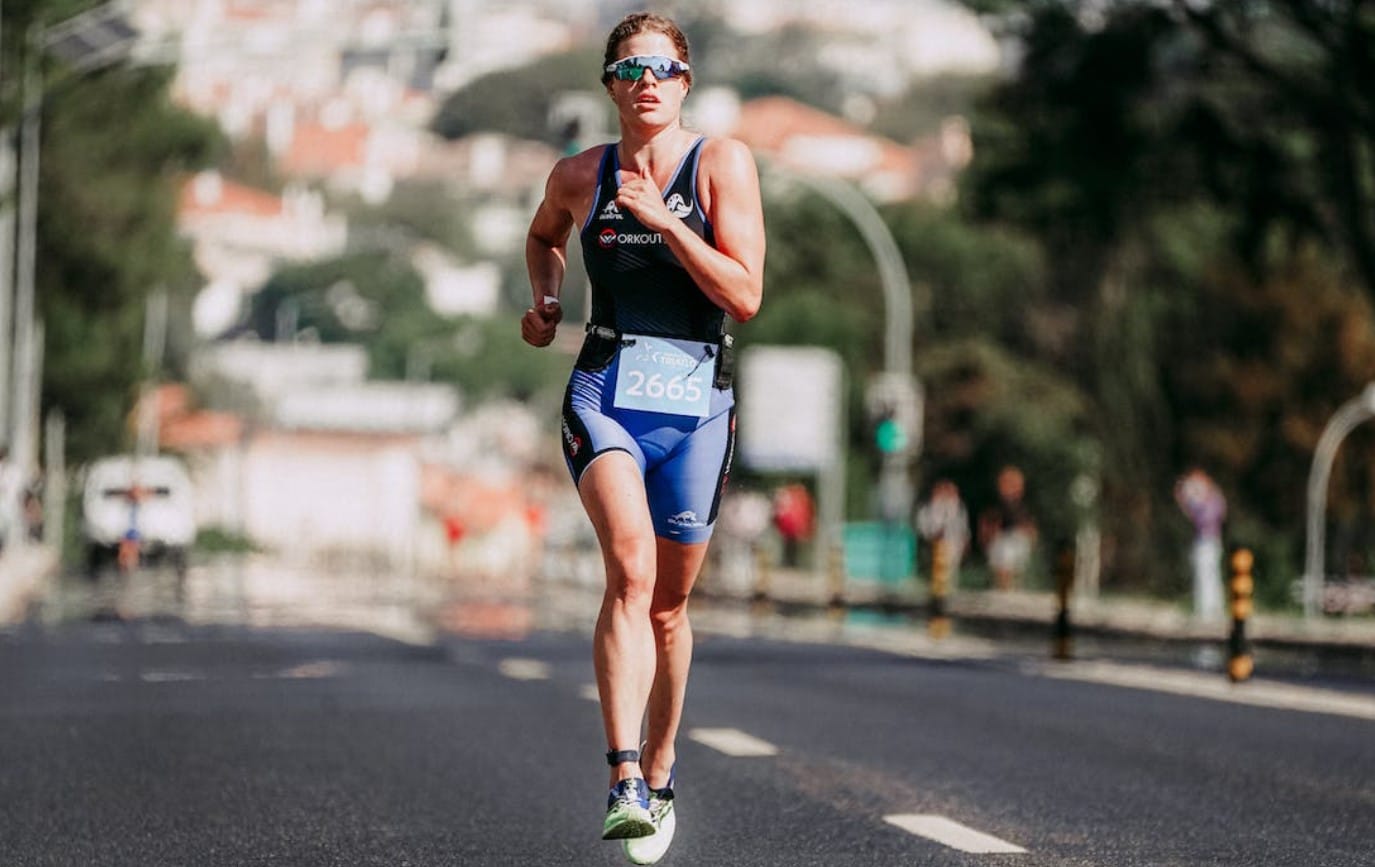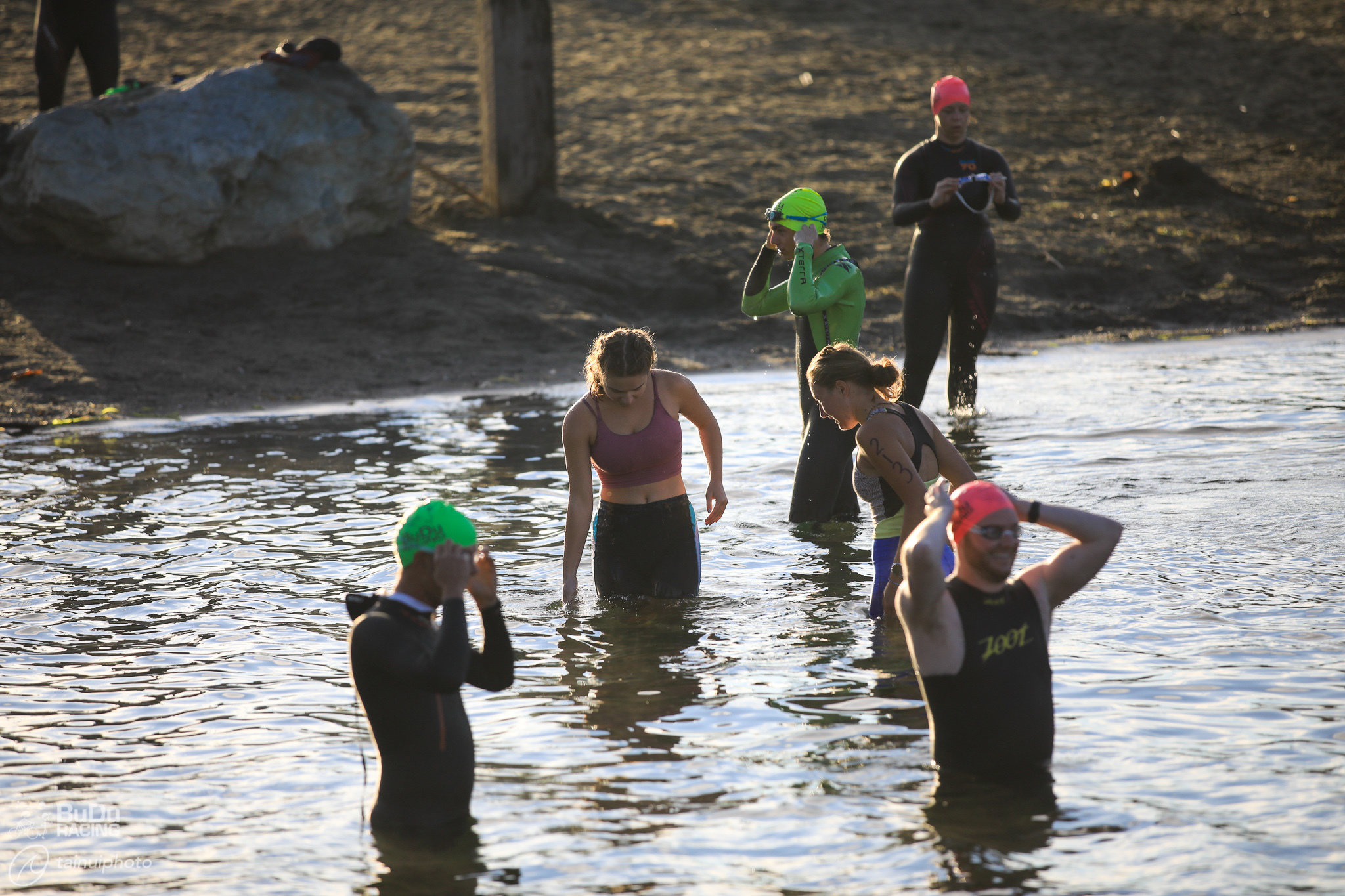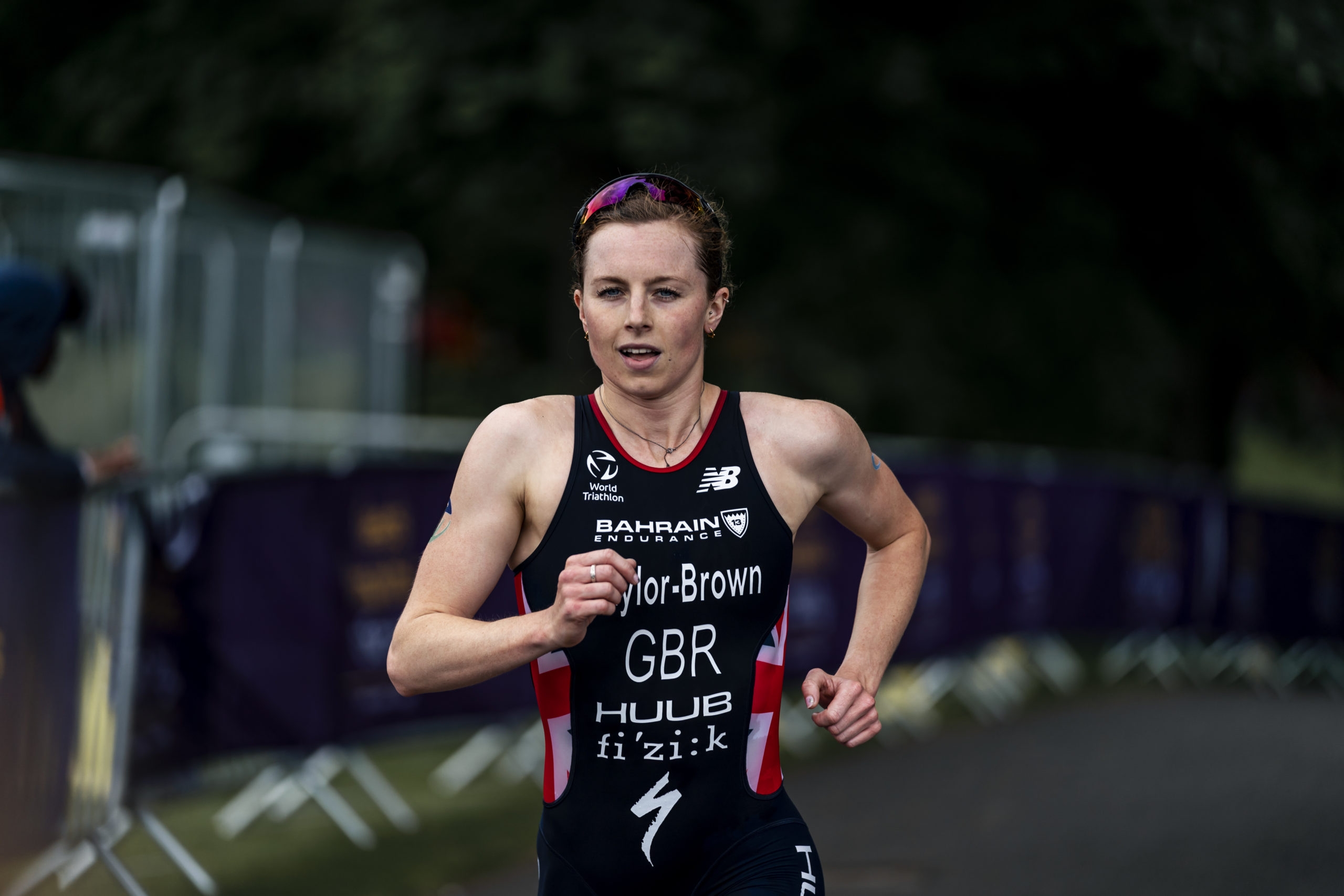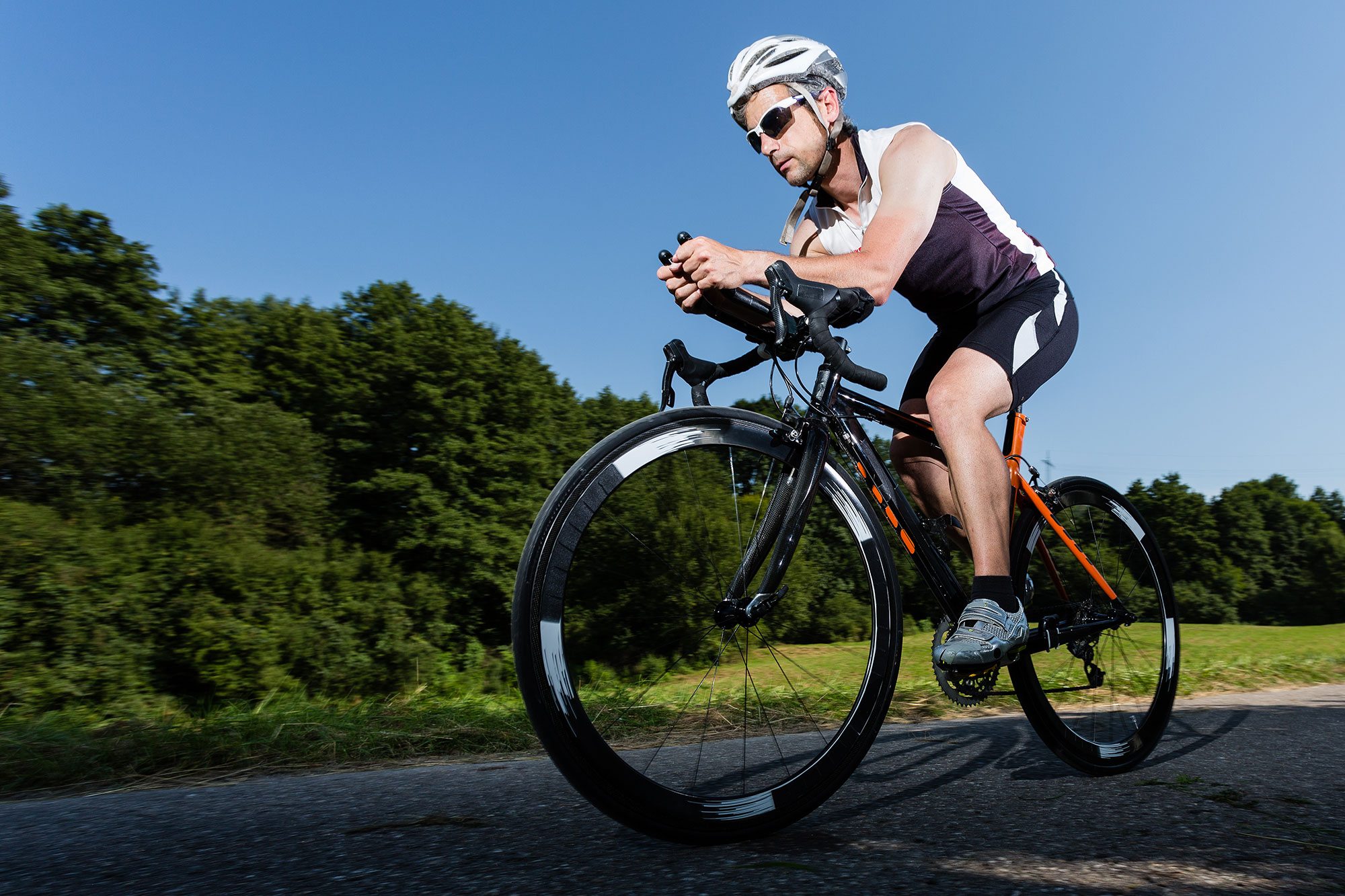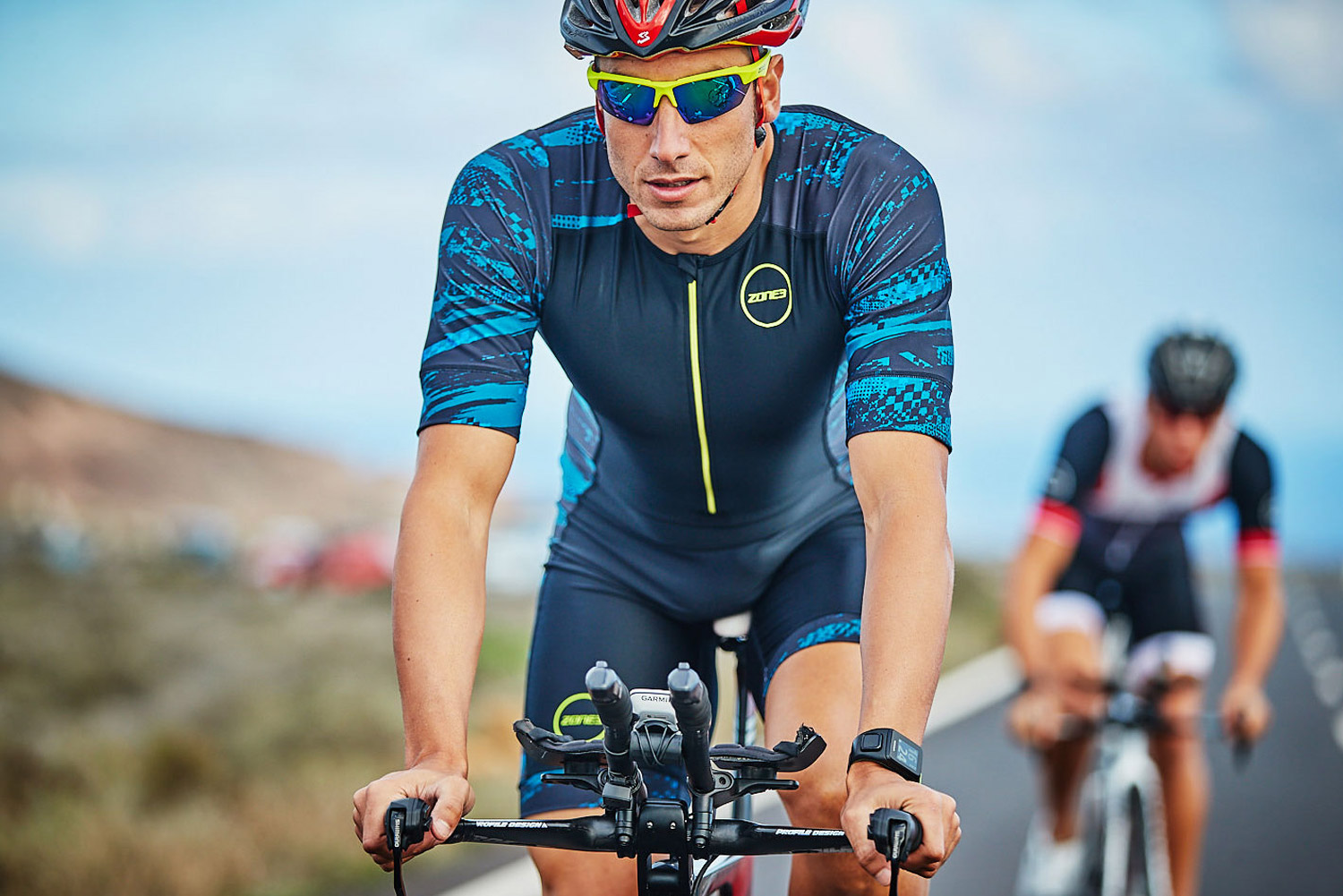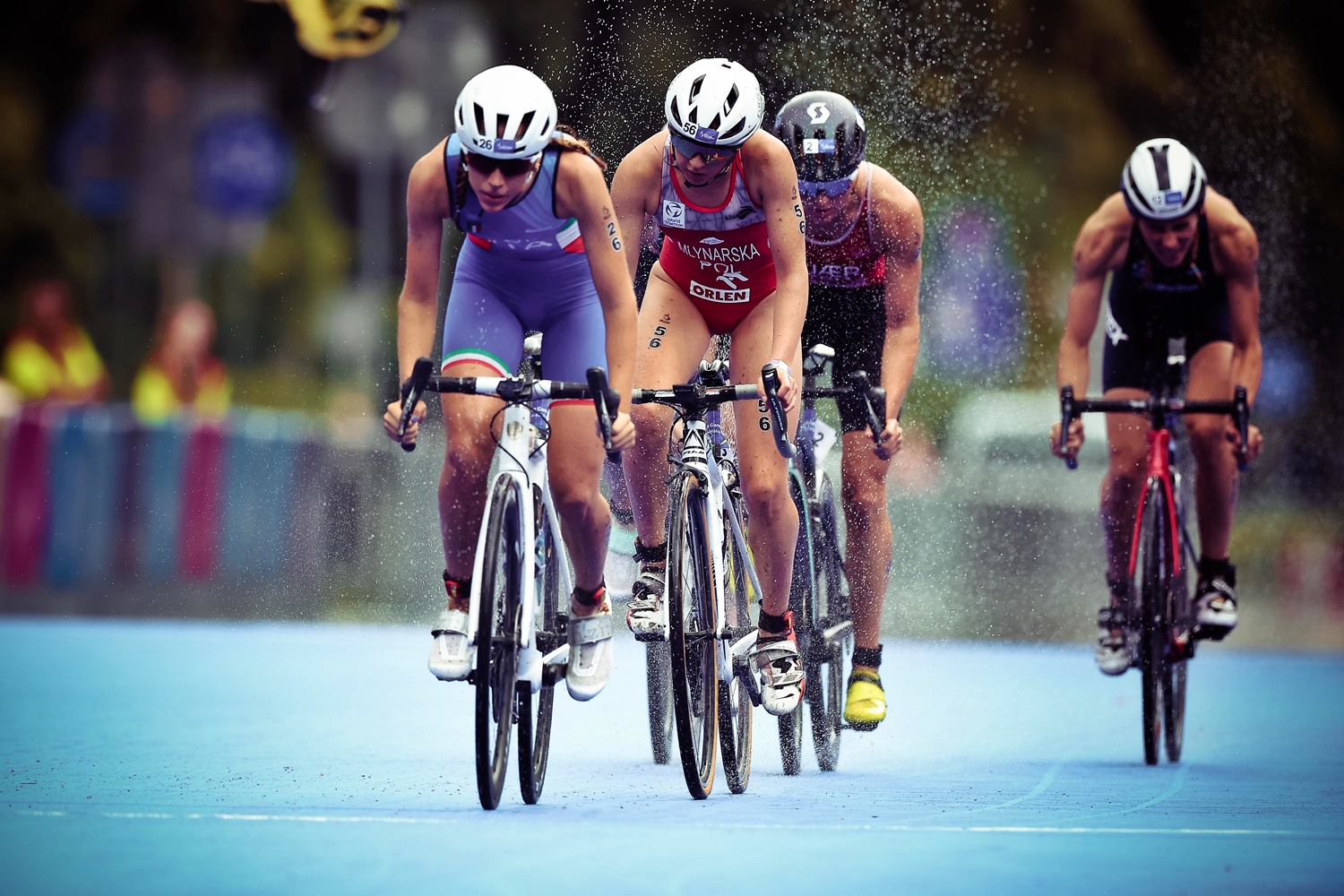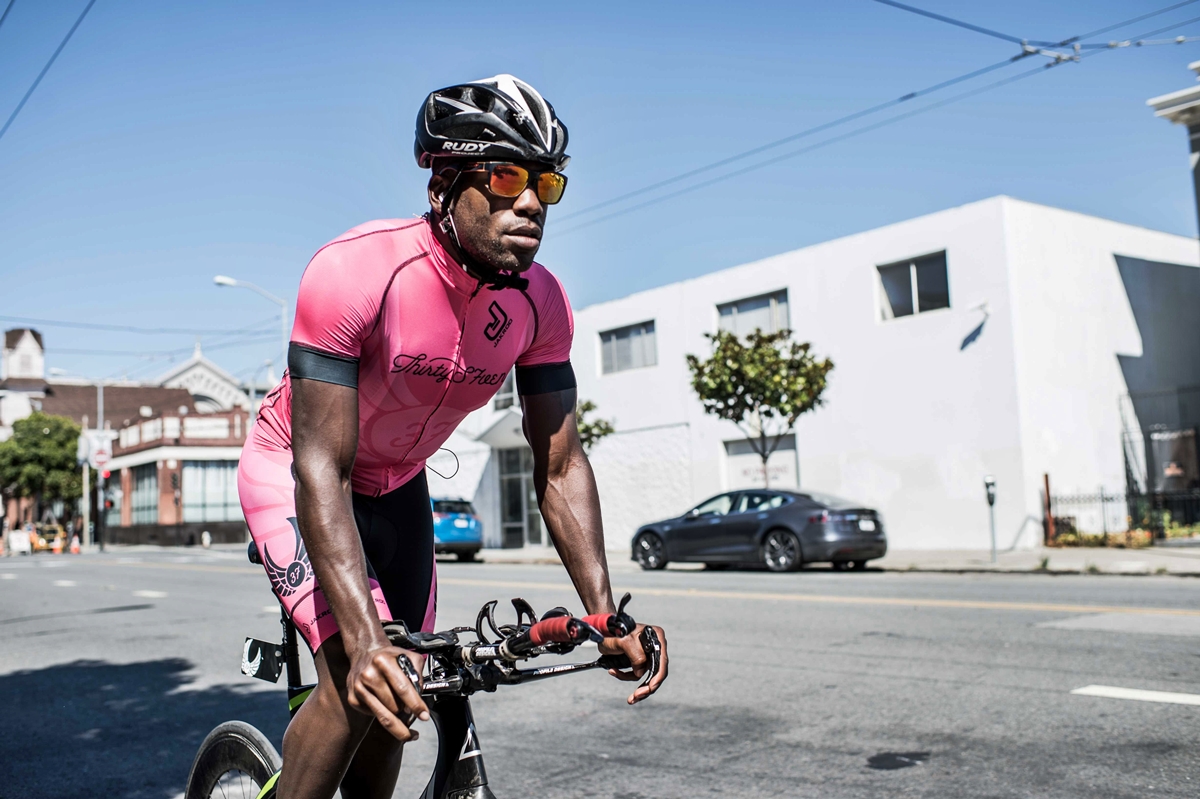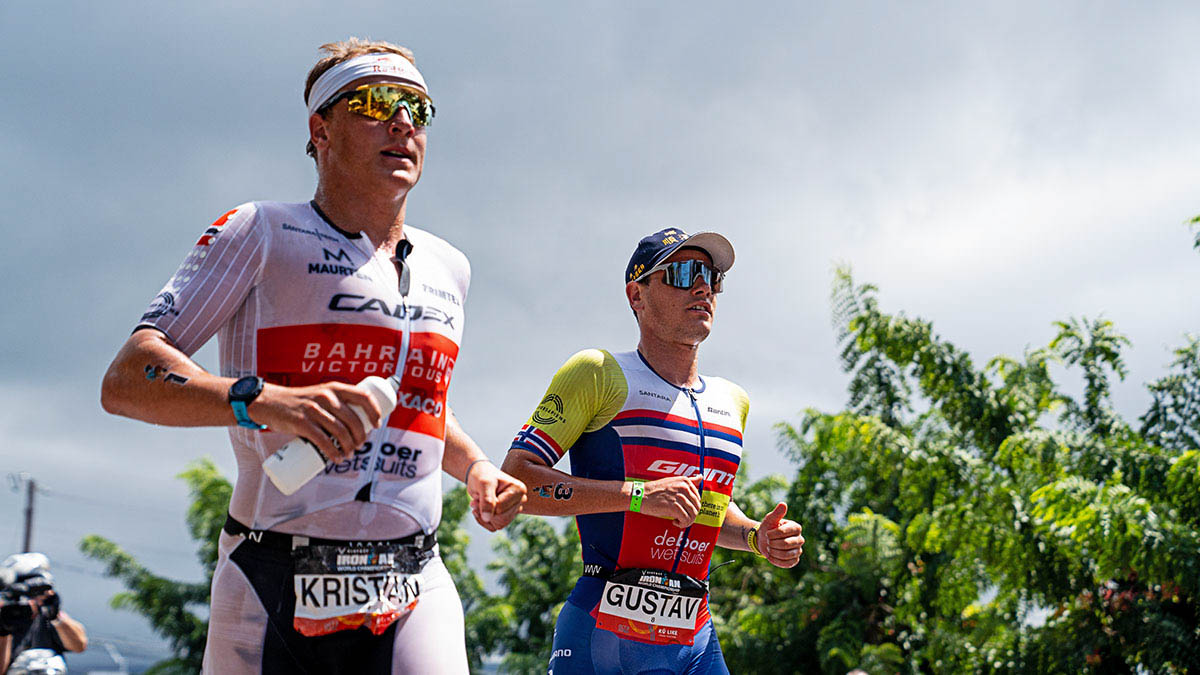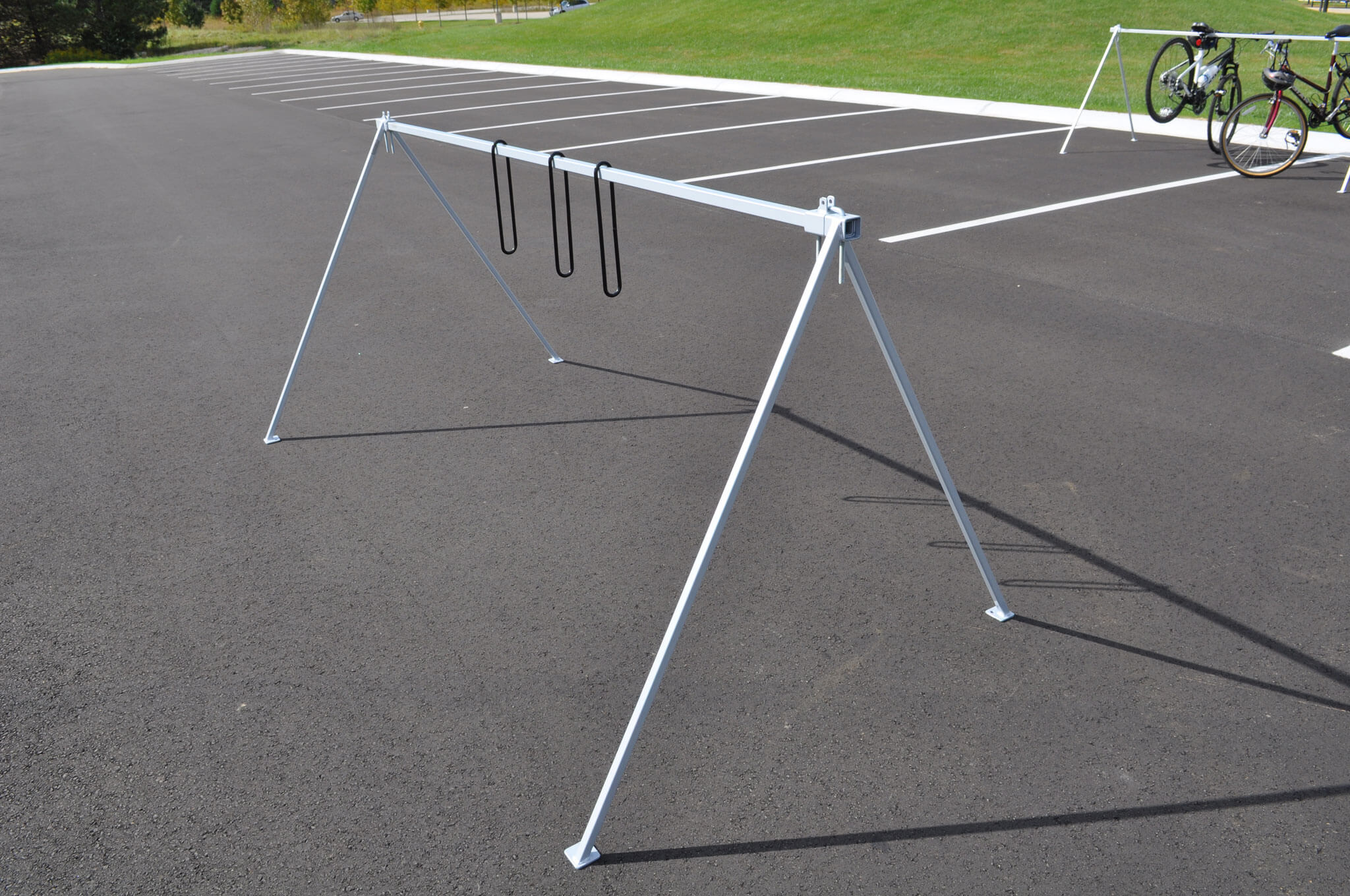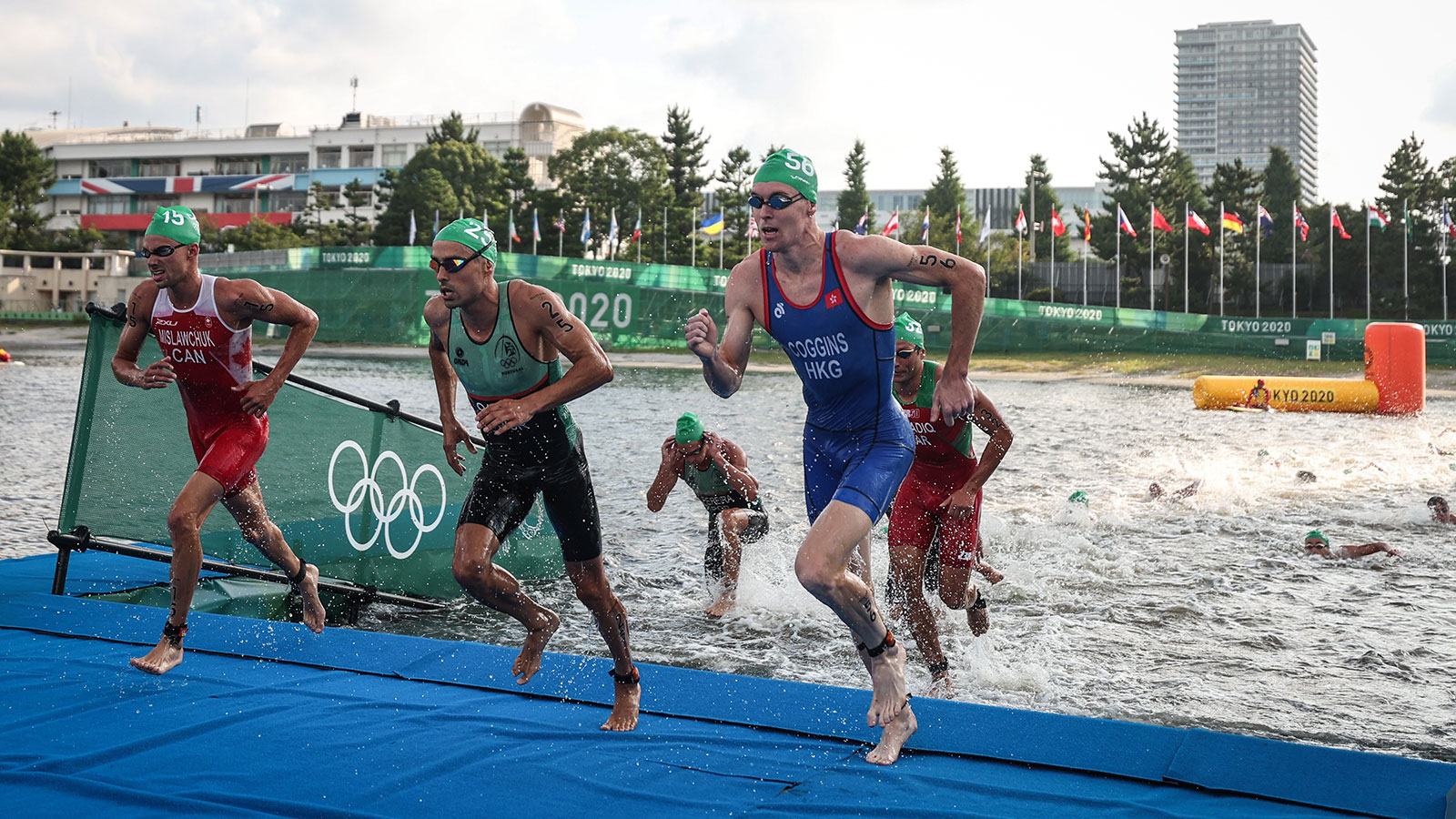

Featured
What Do You Have To Do In A Triathlon
Modified: January 2, 2024
Discover what it takes to participate in a triathlon. Get featured in this thrilling and challenging multisport event that combines swimming, cycling, and running.
Introduction
Welcome to the exciting world of triathlon! Whether you’re a seasoned athlete or a beginner looking for a new challenge, participating in a triathlon is a fantastic way to push your physical and mental limits. Triathlon is a multi-discipline sport that combines swimming, cycling, and running into a single race. It requires not only endurance but also skill in transitioning smoothly between each leg of the race.
In this article, we will explore the key aspects of triathlon and provide valuable tips to help you tackle each discipline with confidence. From preparation to execution, we’ll cover everything you need to know to have a successful triathlon experience.
Triathlons come in various distances, including sprint, Olympic, half Ironman, and the ultimate challenge – the Ironman. The distances for each leg of the race vary depending on the event, but typically involve a swim of 750 meters to 3.8 kilometers, a bike ride of 20 to 180 kilometers, and a run of 5 to 42.2 kilometers. The longer the distance, the more physical and mental endurance it requires.
Triathlons are not only physically demanding but also mentally challenging. The ability to push through fatigue, maintain focus, and overcome any obstacles that come your way is crucial. It’s important to approach triathlon training with a combination of dedication, discipline, and a positive mindset.
Whether you’re aiming to complete your first triathlon or striving for a personal best, proper preparation is key to success. This involves setting realistic goals, following a structured training plan, and ensuring you have the right equipment. It’s also important to pay attention to your nutrition, hydration, and mental preparation.
In the following sections, we will delve into each leg of a triathlon – the swim, bike, and run – and provide valuable insights, tips, and techniques to help you conquer each stage of the race. We’ll also cover essential transition tips, as well as the importance of nutrition and hydration in optimizing your performance. Finally, we’ll discuss the mental aspect of triathlon and how to develop the mindset of a successful triathlete.
So, lace up your shoes, grab your bike, and get ready to dive into the world of triathlon! It’s time to embark on an incredible journey that will test your limits, push you to new heights, and leave you with an immense sense of accomplishment. Are you ready?
Preparing for a Triathlon
Preparing for a triathlon requires careful planning and dedication. Whether it’s your first triathlon or you’re a seasoned athlete looking to improve your performance, following a well-structured training plan is essential. Here are some key steps to help you prepare for your upcoming triathlon:
Set Realistic Goals: Start by setting realistic goals based on your current fitness level and experience. Whether your goal is to simply complete the race or achieve a specific time, having a clear objective will provide you with motivation and direction throughout your training.
Create a Training Plan: Develop a training plan that includes a balance of swimming, cycling, and running workouts. Gradually increase the duration and intensity of your training sessions to build endurance. It’s important to include rest days in your plan to allow your body to recover and prevent overtraining.
Get the Right Equipment: Invest in a good-quality triathlon bike and ensure that it is properly fitted to your body. You will also need a wetsuit for the swimming leg and appropriate running shoes. Seek advice from experts at your local triathlon store to find the equipment that suits your needs and budget.
Practice Transitions: Transitions are a crucial part of a triathlon and can make or break your race. Set up a transition area at home or at your training location and practice transitioning smoothly between the swim, bike, and run. Practicing your transitions will help you save precious time during the race.
Simulate Race Conditions: As your race day approaches, try to replicate race conditions during your training sessions. Swim in open water if possible, practice cycling on different terrains, and run in conditions similar to those you expect on race day. This will help you familiarize yourself with the challenges you may face during the race.
Get Familiar with the Course: Study the course map and elevation profile of the triathlon. Familiarize yourself with any potential obstacles or challenging sections of the route. If possible, practice on the actual course to gain a better understanding of what to expect on race day.
Manage Your Nutrition: Proper nutrition plays a crucial role in maximizing your performance. Fuel your body with a balanced diet that includes lean proteins, complex carbohydrates, and healthy fats. Stay hydrated throughout your training and on race day to maintain optimal performance.
Listen to Your Body: It’s important to listen to your body and take rest days or modify your training if you’re feeling fatigued or experiencing any pain. Pushing through excessive fatigue or ignoring injuries can lead to more serious problems. Consult with a healthcare professional if needed.
Preparing for a triathlon requires time, effort, and commitment. Following these steps will help you build a solid foundation, improve your fitness levels, and give you the confidence to tackle the challenges of race day. Remember, consistency is key, and small incremental improvements will lead to significant progress over time. So stay focused, stay motivated, and enjoy the journey towards reaching your triathlon goals!
Swim Leg of a Triathlon
The swim leg of a triathlon is often regarded as the most daunting for many participants, especially those who are not confident swimmers. However, with the right preparation and technique, you can conquer this leg with ease. Here are some key tips to help you navigate the swim leg of a triathlon:
Practice Open Water Swimming: If the triathlon takes place in open water, it’s crucial to practice swimming in similar conditions. Find a local lake, pond, or beach and get comfortable swimming in open water. This will help minimize any anxiety you may have and familiarize yourself with potential challenges, such as currents or waves.
Improve Your Technique: Focus on improving your swimming technique to become more efficient in the water. Utilize drills like kickboarding, pull buoy exercises, and practicing your stroke technique. You may want to consider taking swimming lessons or working with a swim coach to refine your form and increase your speed.
Start Slowly: During the race, avoid the temptation to sprint at the beginning of the swim leg. Pace yourself and find a comfortable rhythm. Remember that you have a long race ahead, and conserving energy is essential.
Find Your Space: The swim leg can be crowded, especially at the start. Position yourself strategically to avoid getting caught in a cluster of swimmers. If you’re a confident swimmer, you can position yourself towards the front. If you prefer more space, start towards the back or on the sides of the pack.
Bilateral Breathing: Practice bilateral breathing, which means breathing on both sides during your training. This will help you adapt to different conditions in the open water and improve your overall balance and technique.
Use Efficient Swimming Strokes: In triathlons, the freestyle stroke is the most common choice due to its efficiency. However, if you prefer a different stroke, such as breaststroke or sidestroke, you are allowed to use them. Choose a stroke that you’re comfortable with and can sustain over the distance of the race.
Invest in a Wetsuit: Wearing a wetsuit can provide buoyancy, help with insulation, and improve your overall swim performance. Invest in a good-quality wetsuit that fits you well and practice swimming in it during your training sessions to get used to the feel.
Stay Calm and Focused: In the midst of the race, it’s normal to feel a surge of adrenaline or nervousness. Remember to stay calm and focus on your breathing and technique. Clear your mind and visualize yourself swimming smoothly through the water.
Practice Transitions: Transitioning from the swim to the bike leg can be a challenging task. Practice taking off your wetsuit efficiently and getting into your cycling gear. Simulate this transition during your training sessions to streamline the process on race day.
The swim leg of a triathlon may seem intimidating, but with ample preparation and practice, it can become an enjoyable part of the race. Build your confidence, refine your technique, and embrace the challenge. Remember, you’ve devoted time and effort to prepare for this triathlon, so trust in your abilities, stay focused, and dive in with determination!
Bike Leg of a Triathlon
The bike leg of a triathlon is where you can gain momentum and make up time. It’s important to approach this leg strategically and ensure you have the right equipment and technique to optimize your performance. Here are some key tips to help you tackle the bike leg of a triathlon:
Choose the Right Bike: Invest in a triathlon bike or a road bike that is appropriate for the race distances you’ll be participating in. Make sure the bike is properly fitted to your body to ensure comfort and efficiency during the ride.
Practice Cycling Technique: Work on improving your cycling technique to maximize your power output and efficiency. Practice pedaling smoothly in a high cadence, shifting gears to maintain a steady rhythm, and maintaining a consistent posture to reduce wind resistance.
Train on Different Terrains: Triathlon courses can vary in terrain, from flat to hilly routes. Train on a variety of terrains, including hills, to build strength and endurance. Practice climbing and descending techniques to enhance your bike handling skills.
Set Realistic Pace: Determine your target average speed for the bike leg based on your fitness level and race distance. It’s important to set a realistic pace that you can sustain without burning out before the run leg. Maintain a steady effort and avoid starting too fast.
Monitor Nutrition and Hydration: Proper nutrition and hydration are crucial during the bike leg to maintain energy levels. Consume a balanced mix of carbohydrates, proteins, and fats before and during the race. Hydrate at regular intervals, taking into account weather conditions and sweat rates.
Learn to Draft: In some triathlon events, drafting is allowed. Drafting involves following closely behind another cyclist to reduce wind resistance and conserve energy. Practice this technique during training to learn how to safely position yourself behind another cyclist and take advantage of the drafting benefit.
Be Mindful of Traffic Rules: Follow all traffic rules and regulations during the bike leg. Familiarize yourself with the race course and any specific rules or regulations imposed by the race organizers. Stay attentive, signal your intentions, and be cautious of other athletes and vehicles on the road.
Practice Transitions: Transitioning from the swim to the bike leg, as well as from the bike to the run leg, plays a crucial role in your overall race time. Practice transition techniques, such as mounting and dismounting your bike quickly, efficiently changing into your running gear, and organizing your equipment in the transition area.
Maintain Focus and Enjoy the Ride: The bike leg can be physically demanding, but it’s also an opportunity to enjoy the scenery and the experience. Stay focused on your technique and race strategy, but also take moments to appreciate the journey. Smile, stay positive, and let the excitement energize you.
By incorporating these tips into your training and race day strategy, you’ll be better prepared to handle the bike leg of a triathlon. Prioritize proper equipment, technique, and pacing to optimize your performance. Remember, this leg is an opportunity to gain ground on your competitors and set yourself up for a strong finish in the run leg. Pedal with determination and ride towards the next stage of the race with confidence!
Run Leg of a Triathlon
The run leg of a triathlon is often considered the final test of an athlete’s endurance, mental strength, and overall fitness. It’s the stage where you’ll need to find that second wind and push through any fatigue or discomfort. Here are some key tips to help you conquer the run leg of a triathlon:
Pace Yourself: Start the run leg with a steady and sustainable pace. Avoid starting too fast, as this can lead to burnout later on. Find your rhythm and gradually increase your speed if you’re feeling strong.
Practice Brick Workouts: Incorporate brick workouts into your training routine. These workouts involve combining the bike and run legs back-to-back to simulate the feeling of transitioning from the bike to the run. Brick workouts will help your body adapt to the unique sensations of running after cycling.
Run with Good Form: Focus on maintaining good running form throughout the run leg. Keep your posture upright, shoulders relaxed, and arms and legs in sync. Avoid overstriding and strive for a midfoot strike to reduce the risk of injuries and maintain an efficient stride.
Hydrate and Fuel: Stay hydrated by drinking water or sports drinks at aid stations along the course. Consume small amounts of easily digestible carbohydrates, such as energy gels or chews, to maintain energy levels. Pay attention to your body’s cues and adjust your hydration and fueling strategy accordingly.
Stay Mentally Strong: The run leg can be mentally challenging, especially if fatigue sets in. Stay focused on your goals, break down the distance into smaller milestones, and use positive self-talk to stay motivated. Visualize yourself crossing the finish line strong.
Utilize Aid Stations: Take advantage of aid stations along the course to grab water, sports drinks, or snacks if needed. Use this time to briefly walk, if necessary, to recover and refuel before resuming your run. Pace yourself and listen to your body’s needs.
Embrace the Crowd and Atmosphere: The energy and support from the crowd can be a huge boost during the run leg. Feed off the cheers and encouragement from spectators, fellow athletes, and volunteers. Smile, engage with the crowd, and let their enthusiasm carry you forward.
Push Through Discomfort: The run leg is where you may experience physical and mental discomfort. Push through any pain or fatigue and embrace the challenge. Remember your training, focus on your resilience, and draw strength from your determination to finish strong.
Finish Strong: As you approach the finish line, summon your remaining energy and give it your all. Maintain good running form, use the adrenaline to your advantage, and enjoy the satisfaction of completing a challenging triathlon. Celebrate your accomplishment!
The run leg of a triathlon is the final stage where your heart, mind, and body will be tested. With proper pacing, mental toughness, and efficient running technique, you’ll be able to cross the finish line with pride. Embrace the experience, savor the journey, and relish the euphoria of completing a triathlon!
Transition Tips
The transitions in a triathlon are crucial moments where every second counts. Efficiently transitioning between the swim to bike leg (T1) and the bike to run leg (T2) can make a significant difference in your overall race time. Here are some key tips to help you optimize your transitions:
Practice, Practice, Practice: Practicing your transitions during your training sessions is vital. Set up a mock transition area at your training location and simulate the process of taking off wet gear, changing clothes, and organizing your equipment. Practice until it becomes second nature.
Use a Reverse Process: Create a mental checklist or use a transition bag to ensure you have all the necessary items for each leg. Lay out your gear in the order you’ll need them, so you can quickly grab and put them on in the correct sequence.
Plan Your Layout: Set up your transition area in a strategic layout to minimize the time spent searching for your gear or equipment. Place your bike and helmet in a prominent position, and arrange your shoes, socks, and other essentials in an organized manner.
Keep it Simple: Streamline your gear to only the essentials. Avoid cluttering your transition area with unnecessary items. The less you have to deal with, the quicker and smoother your transition will be.
Practice Shoe Techniques: If you choose to wear cycling shoes with cleats, practice the technique of clipping in and out during your training sessions. Mastering this skill will save you valuable time during the transition from the bike to the run.
Have a Personal Marker: Use a distinct item to mark your spot in the transition area. This will help you easily locate your spot among the sea of bikes. A brightly colored towel or a recognizable object can serve as your marker.
Visualize and Rehearse: Mentally rehearse your transitions before the race. Visualize yourself smoothly transitioning from one leg to another, visualizing the actions you need to take and the flow of your movements. This mental preparation will help you execute the transitions more efficiently.
Minimize Downtime: Keep your transition times as short as possible. Avoid spending unnecessary time in the transition area. Focus on the task at hand and move swiftly.
Stay Calm and Focused: During the race, maintain a calm and focused mindset in the transition area. Avoid getting flustered or distracted by the chaos happening around you. Stay focused on your own process and follow your plan.
Be Flexible: Be prepared to adapt and make adjustments if unforeseen circumstances arise during the race. Stay calm and adapt to any changes or challenges that may come your way during the transitions.
With consistent practice, organization, and a calm mindset, you can optimize your transitions and gain precious time in a triathlon. Remember that every second counts, and efficient transitions can make a significant difference in your overall race performance. So focus on the details, streamline your process, and transition like a pro!
Nutrition and Hydration
Nutrition and hydration play a vital role in maintaining energy levels and optimizing performance during a triathlon. Proper fueling and hydration strategies can help you sustain your physical and mental strength throughout the race. Here are some key tips for nutrition and hydration during a triathlon:
Prioritize Pre-Race Nutrition: Eat a balanced meal rich in carbohydrates, lean protein, and healthy fats a few hours before the race. This will provide your body with the necessary fuel to start the race strong. Avoid consuming large meals too close to the start time to prevent digestive discomfort.
Stay Hydrated: Start hydrating well before the race begins. Drink water or a sports drink in the hours leading up to the start time. During the race, aim to consume water or sports drinks at regular intervals to maintain hydration. Consider the weather conditions and adjust your fluid intake accordingly.
Use Electrolyte Sports Drinks: Along with water, replenish electrolytes lost through sweat by consuming electrolyte sports drinks during the race. These drinks help maintain electrolyte balance and provide an additional energy source during prolonged exertion.
Consume Carbohydrates: Carbohydrates are the primary fuel source for endurance activities like a triathlon. Consume easily digestible carbohydrates, such as energy gels, chews, or sports drinks, at regular intervals during the race to maintain energy levels. Experiment with different brands and flavors during your training to find what works best for you.
Include Protein for Recovery: Depending on the race distance, consider taking in small amounts of protein during the later stages of the bike leg or in the transition to the run leg. Protein can aid in muscle recovery and reduce muscle breakdown during prolonged endurance activities.
Avoid Experimenting on Race Day: Stick to the nutrition and hydration plan you have practiced during your training. Race day is not the time to try new products or foods that your body is not accustomed to. Stick with the familiar to avoid gastrointestinal issues or discomfort.
Listen to Your Body: Pay attention to your body’s cues during the race. If you’re feeling hungry or low on energy, consume carbohydrates or other fuel sources. If you’re feeling thirsty, drink fluids to maintain hydration. Everyone’s needs are different, so adjust your nutrition and hydration strategy based on how your body is responding.
Post-Race Recovery: After completing the race, prioritize post-race nutrition and hydration to aid in recovery. Consume a mix of carbohydrates and protein within 30 minutes to an hour after the race to replenish glycogen stores and support muscle repair. Drink water or electrolyte-rich fluids to rehydrate your body.
Remember, nutrition and hydration are personal and may vary from athlete to athlete. It’s important to practice your nutrition and hydration strategy during training to understand what works best for you. Experiment with different products and timings to find the optimal fueling plan that will keep you energized and hydrated throughout the triathlon. By fueling your body appropriately, you’ll be able to perform at your best and cross the finish line with a strong sense of accomplishment.
Mental Preparation for a Triathlon
Mental preparation is just as important as physical training when it comes to a successful triathlon. Developing a strong and resilient mindset will help you push through challenges, overcome obstacles, and stay focused during the race. Here are some key tips for mental preparation:
Set Realistic Goals: Define your goals for the triathlon, both short-term and long-term. Setting realistic and achievable goals will give you a sense of purpose and motivation throughout the training process and during the race.
Cultivate a Positive Mindset: Approach your training and the race with a positive attitude. Choose to see setbacks as learning experiences and challenges as opportunities for growth. Replace negative self-talk with positive affirmations to build confidence and resilience.
Visualization: Use visualization techniques to mentally rehearse the race. Close your eyes and imagine yourself successfully completing each stage of the triathlon, overcoming obstacles, and crossing the finish line with a sense of accomplishment. Visualizing success can help boost your confidence and prepare your mind for the intensity of the race.
Break Down the Race: Instead of focusing on the entire triathlon, break it down into smaller, manageable segments. Focus on one leg of the race at a time and set smaller goals for each one. This will make the race feel more achievable and help you maintain focus during each stage.
Develop Mental Strategies: Prepare mental strategies to cope with challenging moments during the race. Whether it’s fatigue, doubts, or the desire to quit, have methods to reframe negative thoughts, stay motivated, and push through difficult situations. Repeat positive affirmations, focus on your breathing, or recite a mantra to regain focus and mental strength.
Practice Mindfulness: Incorporate mindfulness practices, such as meditation or deep breathing exercises, into your training routine. This will help you stay present, manage stress, and cultivate a calm and focused state of mind during the race.
Find Inspiration: Seek out sources of inspiration and motivation. Connect with fellow triathletes, read success stories, or watch videos of triathlon races to fuel your motivation and remind yourself of what’s possible.
Enlist Support: Surround yourself with a supportive network of family, friends, or fellow athletes who understand and encourage your triathlon journey. Having a supportive community can provide emotional support, motivation, and accountability when the going gets tough.
Embrace the Challenge: Remind yourself why you chose to participate in a triathlon in the first place. Embrace the challenge and view it as an opportunity for personal growth and achievement. Embrace the discomfort, knowing that overcoming it will make you stronger mentally and physically.
Celebrate Small Victories: Recognize and celebrate your training accomplishments, no matter how small they may seem. Each milestone reached and each improvement made is a step forward towards your ultimate triathlon goal.
Mental preparation is a continuous process that should be integrated into your training routine. By training your mind to stay positive, focused, and resilient, you’ll be better equipped to face the challenges of a triathlon and reach your full potential. So, start training not only your body but your mind as well, and unleash the power of mental preparation on your journey to triathlon success!
Conclusion
Congratulations! You’ve reached the finish line of this comprehensive guide to triathlon preparation. As you embark on your triathlon journey, remember that it is a test of your physical endurance as well as your mental fortitude. By implementing the tips and strategies discussed in this article, you’ll be well-equipped to tackle the swim, bike, and run legs with confidence and efficiency.
From the initial preparations to the race day itself, proper planning is key. Set realistic goals, follow a structured training plan, and ensure you have the right equipment. Practice your transitions, focus on nutrition and hydration, and cultivate a positive mindset through mental preparation techniques.
Remember that every triathlete’s journey is unique, and it’s important to listen to your own body and adjust accordingly. Your training and race experience might have ups and downs, but embrace the challenges and celebrate the small victories along the way.
A triathlon is not just about the race itself; it’s about the journey of self-discovery and personal growth. It’s about pushing your limits, stepping outside your comfort zone, and realizing that you are capable of more than you ever thought possible.
So, lace up your running shoes, put on your goggles, and hop on your bike. Dive into the world of triathlon with determination, perseverance, and a whole lot of heart. Embrace the thrill, the sweat, and the triumphs that come with training and competing in a triathlon.
Remember, whether you’re a seasoned athlete or a beginner, the most important thing is to enjoy the journey. Cherish the moments of triumph and learn from the moments of struggle. Soak in the atmosphere, the camaraderie, and the sense of accomplishment as you cross that finish line.
Now, go out there and conquer the triathlon world. Good luck, and may your triathlon journey be filled with memorable experiences, personal growth, and endless possibilities!
